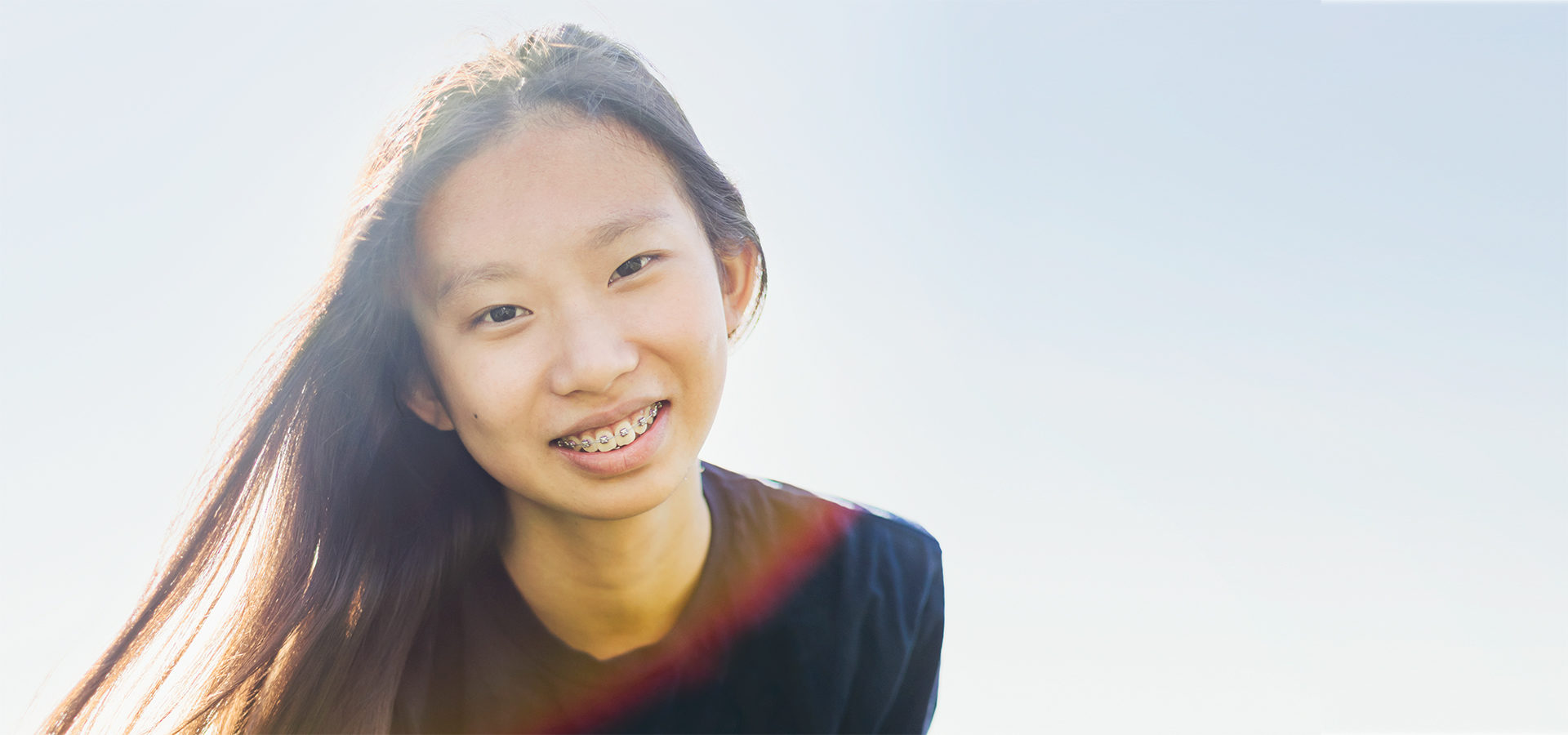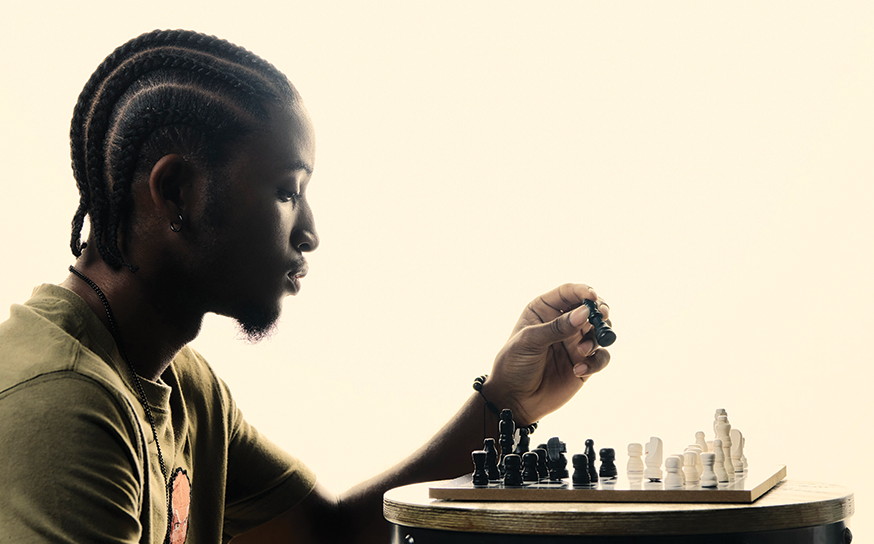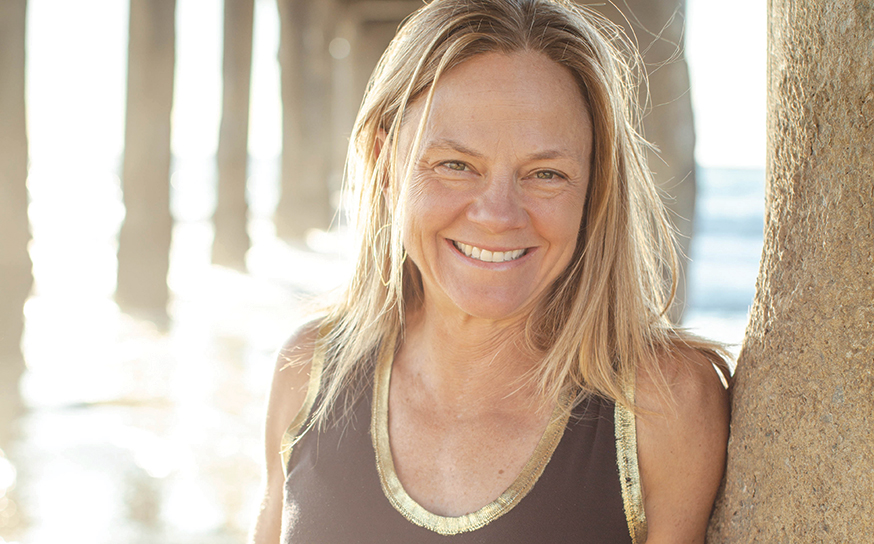These South Bay Teens Make a Case for Protecting and Engaging Something Alive and Vital in Their Own Backyards
Call of the wild.
- CategoryPeople
- Written byJared Sayers
- Photographed bySiri Berting
Have you ever looked out of a plane window as you fly into LAX? More specifically, have you ever looked down? As the plane descends further and further into Los Angeles, I always get a lump in my throat. You are going to drop me off down there? In the middle of that massive, concrete circuit board? Really?
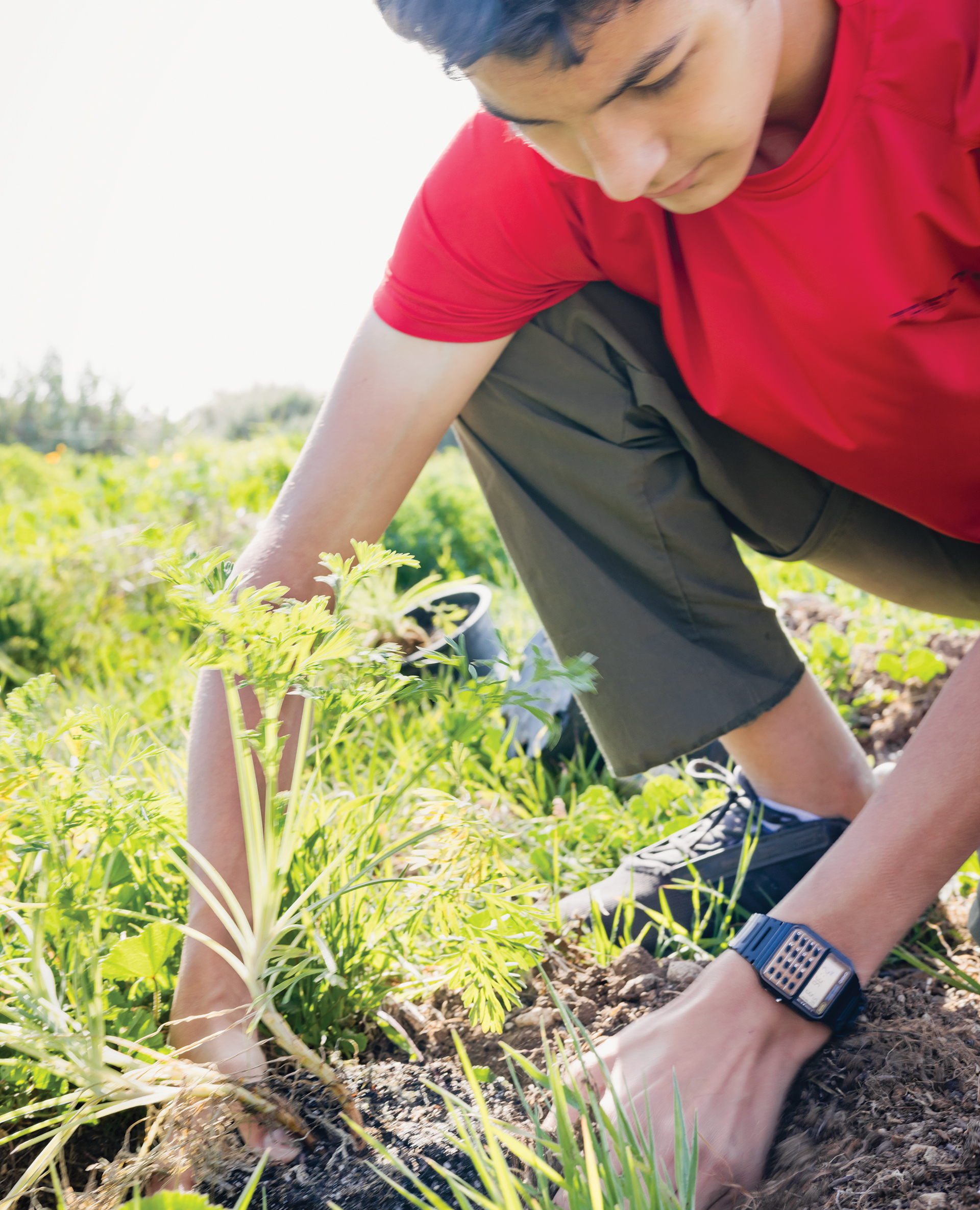
Let me be clear, I absolutely love where I live. I’ve grown up here and wouldn’t trade it for anything. But boy, oh boy, zooming up to about 30,000 feet in the air really gives you some perspective on the vast density of this place we call home. All of a sudden that lump in my throat turns into a slight ball in my chest.
Density. OK, fine. That seems manageable. I mean it is Los Angeles, and what did you expect when the average temperature hovers around 65º all year long? But what’s this new term “indoor generation” I am hearing more and more about? A recent YouGov study found that 8 in 10 people spend close to 22 hours of their day inside. Meaning in their house, in their office, in their car, etc. And 1 in 6 people actually admitted that they rarely go outside—spending up to 24 hours a day indoors.
Density and life inside. OK. The ball just tightened a bit more.
But what about screen time? Just how much of it do we consume from day to day, and what is a healthy amount? In his book The Shallows, Nicholas Carr cites that the average American spends at least eight hours a day looking at some sort of electronic screen, and that is before we attempt to unwind by watching TV.
Then the pandemic hit. And all those numbers increased exponentially.
We all intuitively know something’s off. And even more so, we all intuitively know this is not the ideal environment in which to raise our children.
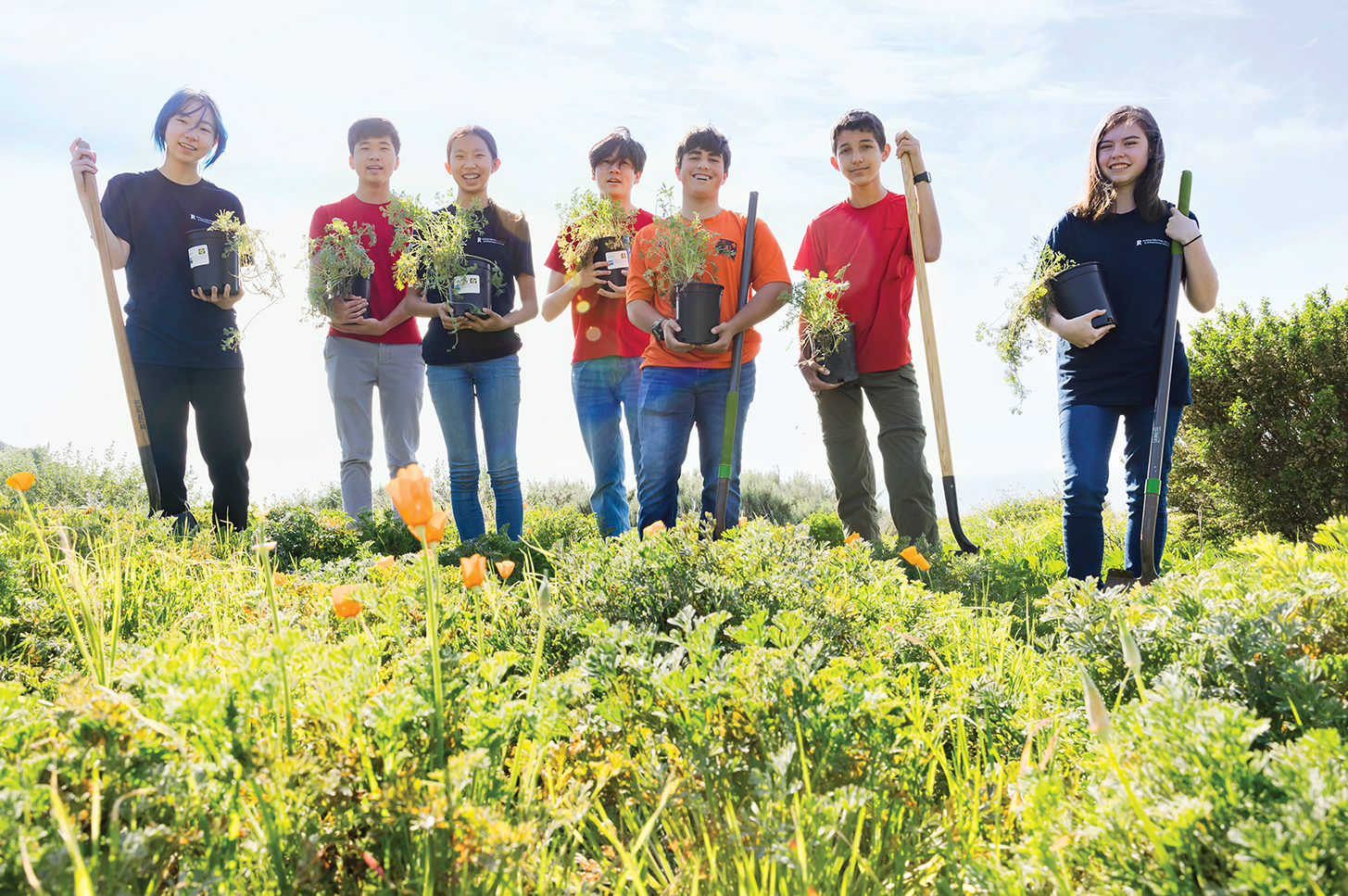
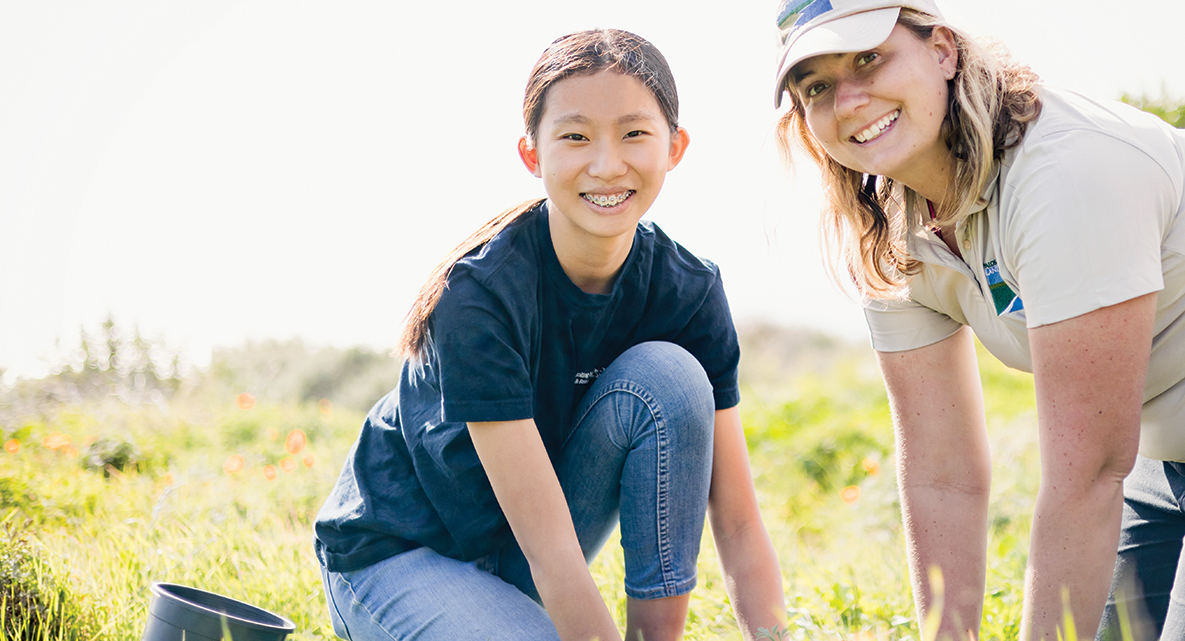
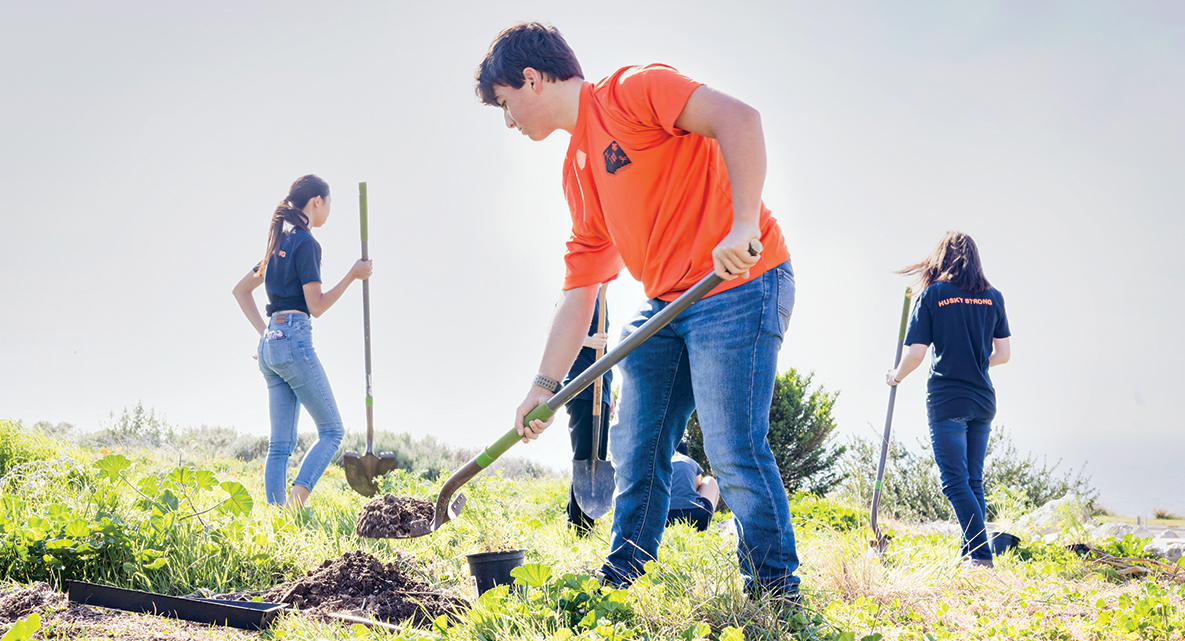
Then there are the stats: 86% of Gen Zers—people in their teens and early 20s—say mental health is more important than physical health, and 96% of them report they are dealing with anxiety today. Almost half experience anxiety frequently—or all the time, according to Project Healthy Minds.
OK. That’s it. I need to stop there. Just reading this, doesn’t that ball continue to get tighter? It’s a bit suffocating, is it not? It leaves you looking for … space.
Usher in the Palos Verdes Peninsula Land Conservancy (PVPLC), a nonprofit organization founded in 1988 that protects more than 1,600 acres of the Peninsula’s native land and works with local volunteers to preserve the habitat. They protect. They restore. They preserve. Why? For the enjoyment and education of another. Taken right out of their mission statement.
Ah. Isn’t that the space we were looking for? That ball inside my chest just loosened a bit.
With their youth and school-based programs, the PVPLC is committed to educating children on the natural environment: how to protect it and how to steward it in ways that bring longevity and increased quality of life. Today you will find 42 miles of trails within the 1,600 acres that offer hiking, horseback riding and mountain biking but also provide valuable refuge and wildlife corridors for rare local animals and plants.
Meet Maria Huang, a 16-year-old junior at Rolling Hills Preparatory School. She founded the student organization Evergreen Alliance and started a collaboration with the PVPLC for the group to “Adopt-A-Plot” of land at the Linden H. Chandler Preserve in Rolling Hills Estates. Maria is leading a habitat restoration to protect and restore local biodiversity for the nearly extinct Palos Verdes blue butterflies. Maria and her classmates have worked for over a year to plant butterfly habitat, clear out invasive weeds and prepare the land for planting.
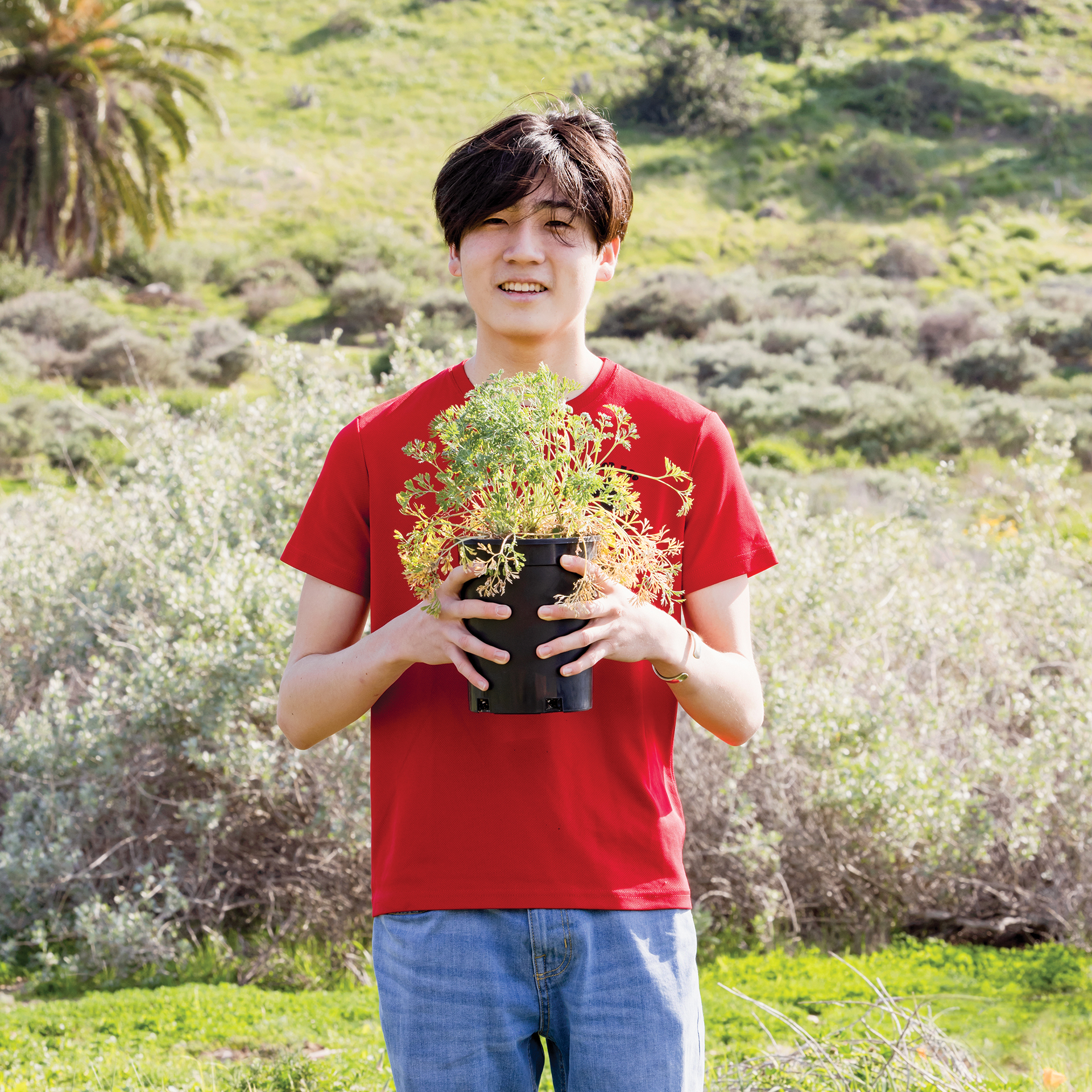
Meet Benjamin Lee, a 17-year-old senior at South Torrance High School. He planned, developed and led a project to install 100 native plants on the White Point Nature Preserve located on the ocean bluffs of San Pedro. He taught a group of more than 15 volunteers how to properly install native plants and dramatically improve the rare coastal sage scrub habitat, which has experienced an 80% decline throughout California. Benjamin’s new vernacular now includes words like purple needlegrass, coastal poppy, foothill needlegrass and narrowleaf milkweed.
What Benjamin and Maria and others like them have done is nothing short of extraordinary. But it’s how they did it that really resonates with me. They pushed back on the running narrative. They committed themselves to more life outdoors. They chose to gain an understanding of their natural environment and foster it. They made the deliberate decision to replace time in front of a screen with time having their hands in the dirt. Then they prepared. They restored. They tended to. And for what? For the enjoyment of another.
Ah, yes. Has that ball in your chest unwound yet? Mine has.
Despite some of the daunting stats we may read or the dismal, clickbait narratives that can be so prevalent in our media today, we know we have this. The PVPLC and people like Maria and Benjamin who have fought for the preservation of something good—in its original state. Nature brings healing. We inherently know that. And to bring kids in and around that healing effort like the conservancy has … yeah, it’s safe to assume there will be a little healing for all involved in that process.
Well done, Benjamin. Well done, Maria. Thank you, Palos Verdes Peninsula Land Conservancy. Signed, all of us who are looking for a little more space.
Southbay ‘s Annual Spring Style Guide Has the Latest Fashion Trends, Jewelry, Home Goods and Gifts!
Shop local and support our amazing businesses.






